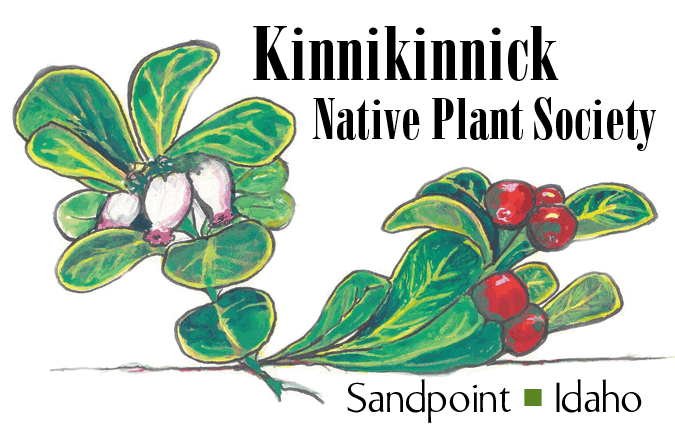Star-flower Solomon’s Seal
(Maianthemum stellatum)
May is time to be looking for Star-flowered Solomon's Seal (Maianthemum stellatum). Known by many common names, among them False Lily of the Valley and Starry False Solonom's Seal, Star-flowered Solomon's Seal’s botanical name comes from the Greek words “Maios” May, “anthemon” blossom, and “stellatum” star.
This member of the Lily family generally puts up new shoots in late April. They reach 8-24” tall with dark green, pointed lance-like leaves alternately spaced on gracefully arching stems. Delicate star-shaped, white flowers bloom in clusters from May through early June on the stem ends.
In Fall, the clustered flowers mature into pea-sized fruits, dark blue to reddish black when fully ripe. Edible either raw or cooked, the bitter-sweet flavored fruit is a source of vitamin C and was used to prevent scurvy.
Native tribes used Star-flowered Solomon’s Seal to treat a variety of complaints. Crushing the fleshy root makes a pain-relieving, antiseptic poultice for sprains, burns, boils and swellings. Chewing the root raw or making syrups and teas relieved coughs. In the kitchen, the roots can flavor other foods, similar to onions.
Common throughout North America, with the exception of the US Gulf states, Star-flowered Solomon's Seal is highly adaptable, prefering partly sunny to shady areas with sandy or poor moist soils.
Spreading by rhizomes, this groundcover can be invasive, but grows comfortably where many other plants have problems. It is perfect in woodland gardens paired with native ferns, wild ginger, columbine, bleeding heart and other shade-loving plants.
Elk will eat the leaves in summer and ruffed grouse enjoy the fall fruits, but deer and rabbits generally leave it alone.
Get a close-up look at Star-flowered Solomon’s Seal in the Moist Forest habitat in the North Idaho Native Plant Arboretum. Open to the public, parking for the Arboretum is at 611 S. Ella Ave., Sandpoint, ID, or on the street.
Star-flowered Solomon’s Seal is featured on page 186 of the KNPS publication, Landscaping with Native Plants in the Idaho Panhandle, available at local bookstores and the Bonner County History Museum.
Native Plant Notes are created by the Kinnikinnick Native Plant Society. To learn more about KNPS and the North Idaho Native Plant Arboretum, explore www.nativeplantsociety.org.

